It has been estimated by National Geographic that there are more than 45,000 distinct species of spiders that can be found all over the world. The vast majority of these spiders can be placed into one of three categories: those that live on land; those that live in semi-aquatic environments; or those that live in fully aquatic environments. Keep reading to discover, can spiders drown? And how you can safely remove a spider from your home.
Can spiders drown?
We have all been there, relentlessly trying to wash a spider down the plughole or flush one down the toilet only for it to appear ten minutes later. This is because spiders are hydrophobic, which means they can repel water. Hydrophobic hairs on the spider help to create surface tension, allowing the spider to float and move through the water with ease.
However, if you completely immerse a spider in water, it will drown in a relatively short period of time.
Semi-aquatic and aquatic spiders
Semi-aquatic and aquatic spiders are considerably more resilient in water than land spiders. Hydrophobic hairs allow the spider to capture air bubbles so that it can continue to breathe while it is submerged. However, spiders that live in these environments must surface for air now and again. If they don’t, they will run out of oxygen and drown.
The diving bell spider
The diving bell spider is so accustomed to its life in water that it only needs to come to the surface once a day. It does this by rising to the surface, trapping a bubble around its abdomen, and then releasing the bubble inside the web that is submerged underwater.
How to get rid of spiders in your home
So now you know why spiders don’t always die if you rinse them down a plug hole or flush them down the toilet, you should probably learn other ways of removing them from your home. Killing a spider might seem like the most effective way to get rid of it, but you shouldn’t do that. The spider may be carrying babies. You might find yourself dealing with dozens, if not hundreds, of baby spiders crawling around the house. Remember, spiderlings mature into full-grown adults!
Dispose of spiders humanely
The most humane way of disposing of a spider is to capture and release it. The good news is that spiders may look scary, but most of them are harmless. All spiders produce venom in some form or another, but only a small selection poses a threat to humans. These include the brown recluse and the black widow spider, both of which are native to the United States. If you are afraid of spiders, the best thing to do is collect them in a container of some sort and take them outside.
Why should you relocate spiders and not kill them?
Spiders are an efficient method for controlling insect populations. Without spiders and other carnivorous insects, these pests would quickly become infestations that, if left unchecked, would cause havoc on the ecosystem. We rely on spiders and other pest-eating insects to consume insects that destroy crops.
Where do spiders come from?
Arthropods were the first group of organisms to emerge from the water millions of years ago and successfully adapt to life on land. Arthropods are responsible for the evolution of such animals as spiders, insects, centipedes, scorpions, mites, ticks, crabs, shrimp, and lobsters.
Species that were successful in making the transition from aquatic to terrestrial environments developed book lungs, which enabled them to extract oxygen from the air around them. These book lungs are present in modern spiders as well as in a great number of other species closely related to them.
The first family of arachnids known as Trigonotarbida appeared around 420 million years ago. They had the appearance of spiders but did not possess the glands necessary to produce silk.
The oldest order of true spiders is the Mesothelae, which are thought to have existed 310 million years ago. True spiders can be identified by the presence of venom glands for immobilising prey and spinnerets that can produce silk to weave webs. Most spiders have six spinnerets, each with several spigots. The Mesothelae has eight spinnerets. Some Mesothelae species still exist in Southeast Asia and Japan, but the majority of them are now extinct.
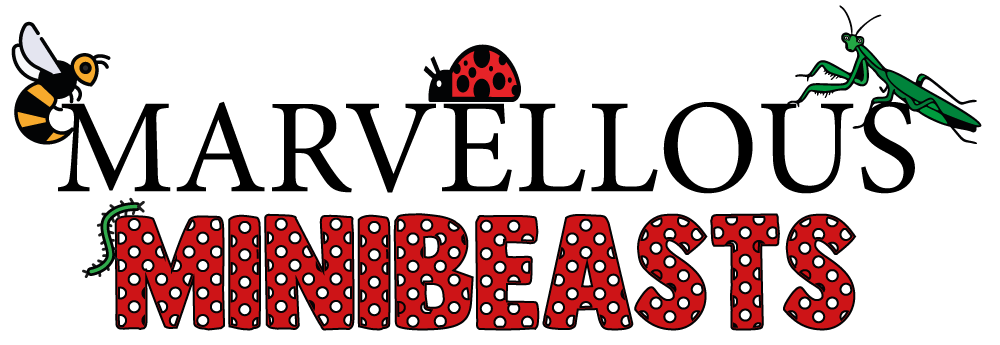
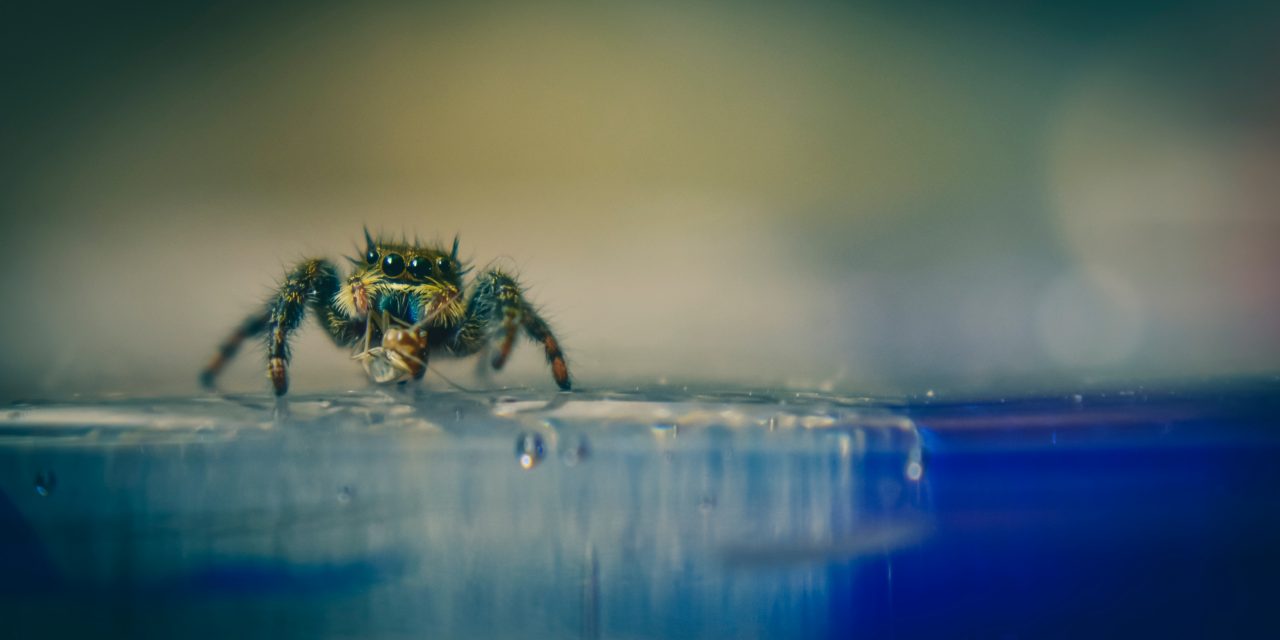
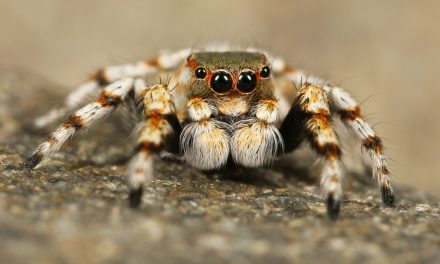

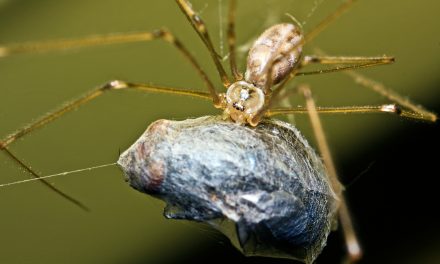
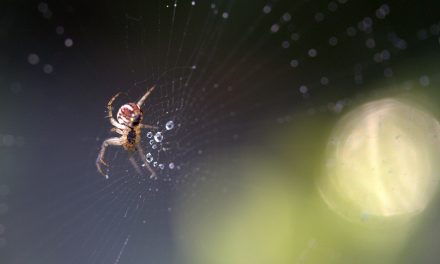







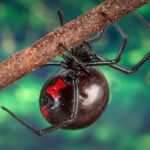
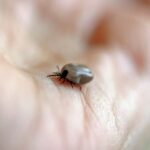

Trackbacks/Pingbacks